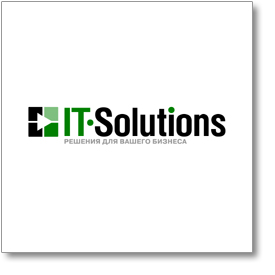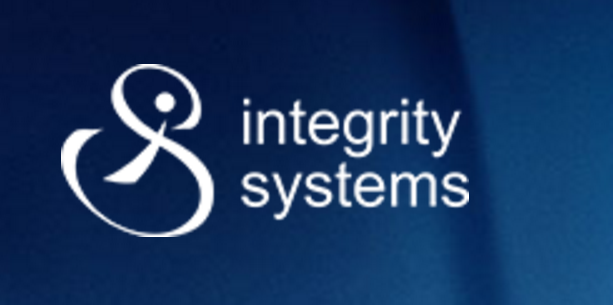IBM BladeCenter H for Silpo supermarket chain
Categories
Description
Description is not ready yet
Details
Business tasks
Reduce Costs
Ensure Security and Business Continuity
Improve Customer Service
Reduce Production Timelines
Centralize management
Develop Sales Channels
Problems
Decentralized IT systems
IT infrastructure downtimes
IT infrastructure does not meet business tasks
IT infrastructure consumes a lot of power
Low quality of customer service

















